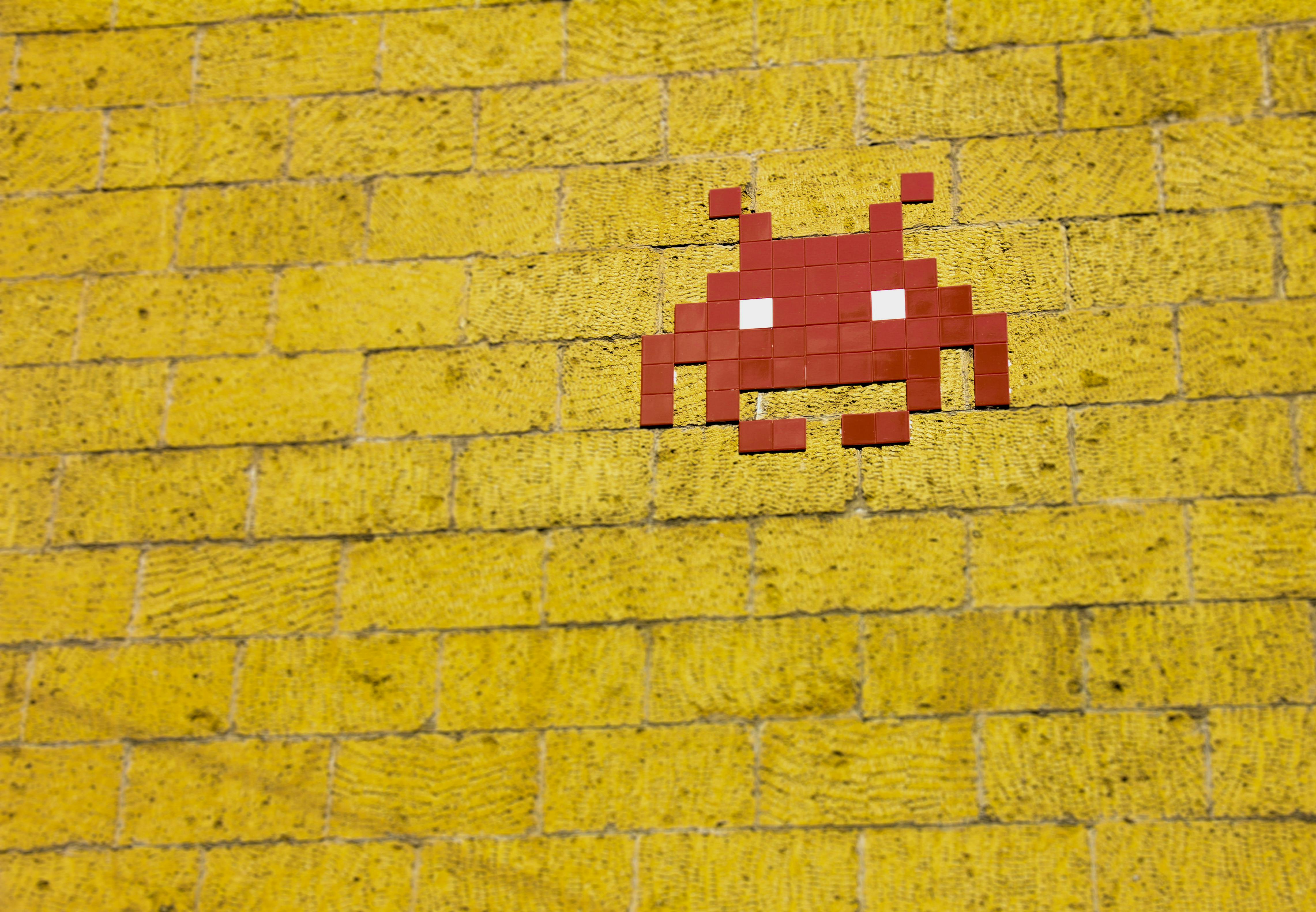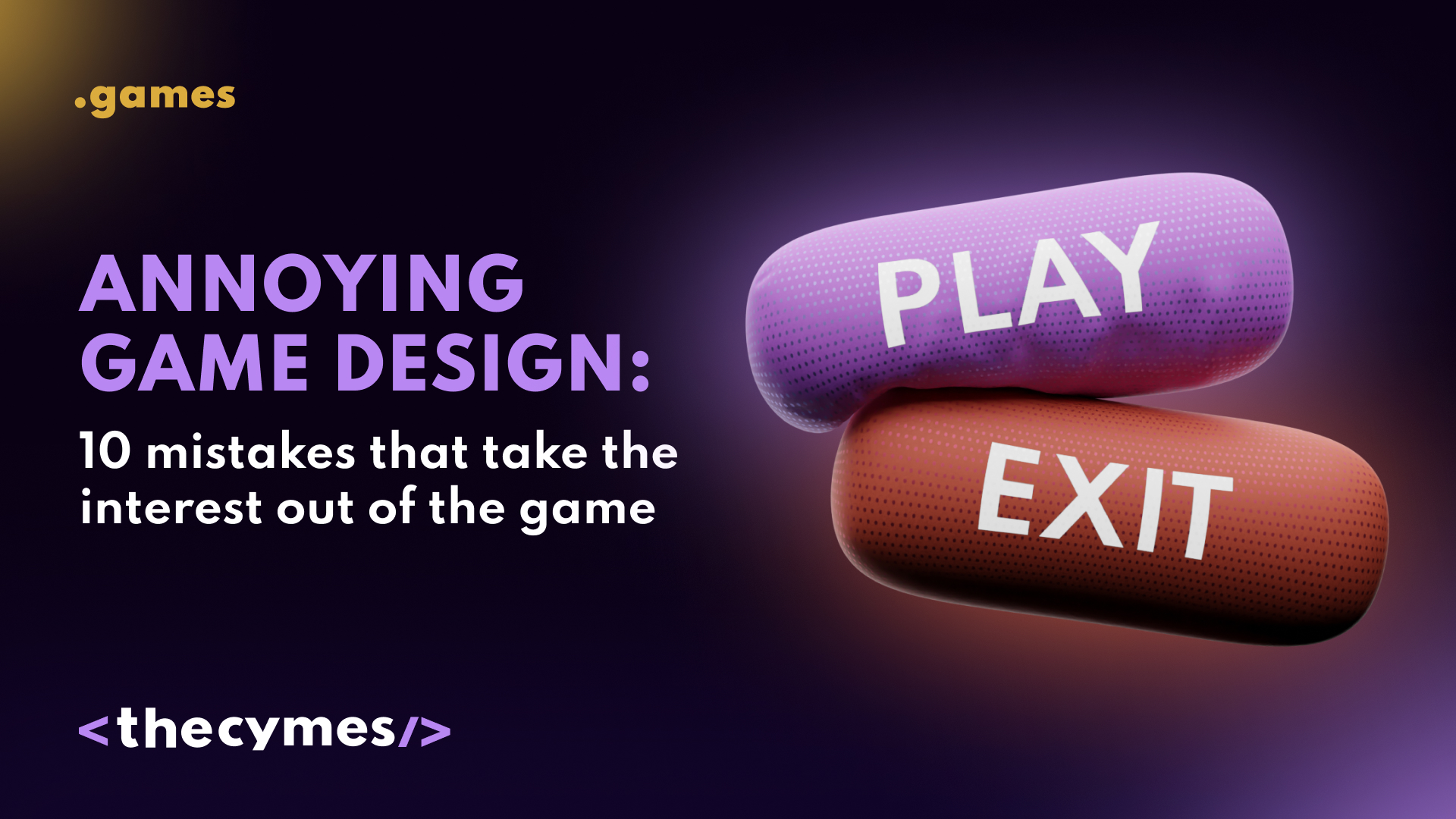Table of Content
Annoying game design: 10 mistakes that take the interest out of the game
/>What can you do to develop an interesting game? Read in our latest article!10 game design mistakes that kill the fun
Gaming is supposed to be thrilling, immersive, and, above all, fun. But what happens when a game falls flat despite its flashy graphics and big promises? Players get bored, frustrated, or simply walk away. Whether you're a game developer or an avid player, recognizing the mistakes that drain excitement from a game can help create (or choose) experiences that truly captivate. Here are ten common blunders that can suck the fun out of any game—and how to avoid them.
1. No clear goals – Lost in a beautiful but empty world
A stunning open world is great, but if players have no idea what they’re supposed to do, frustration quickly sets in. Aimless wandering can make even the most visually stunning game feel hollow.
Example: No Man’s Sky launched with an endless universe to explore—but no clear objectives. Players drifted aimlessly, unsure of their purpose. The game only found success after updates introduced structured missions and clear progression.
Solution: Give players a roadmap. Well-defined quests, objectives, and hints ensure they always have a direction without hand-holding.
2. Overcomplicated mechanics – The fun gets buried under confusion
Complex mechanics can add depth, but if a game feels like a college textbook, players will check out fast. Overloading players with too many controls or convoluted systems can kill engagement.
Example: EVE Online is a deep, strategic MMO—but its intimidating interface and steep learning curve scare off new players before they even get started.
Solution: Introduce mechanics gradually. Tutorials, intuitive UI, and skill-based progression can make even deep systems approachable.

Image from Pexels
3. Weak storytelling – Who cares about these characters?
A gripping narrative keeps players emotionally invested. Without a strong story or compelling characters, players lose interest fast.
Example: Final Fantasy XIII had stunning visuals, but its overly convoluted plot and weak character development made it hard for players to connect with the story.
Solution: Focus on character-driven storytelling. Make players care about the world by giving them meaningful choices and deep, relatable characters.
4. Predictable gameplay – Been there, done that
If a game feels like a copy-paste of every other title in its genre, boredom sets in quickly. Players crave novelty and surprise.
Example: The Call of Duty franchise is wildly successful, but some installments have been criticized for their lack of innovation—recycling the same mechanics and story beats over and over.
Solution: Keep things fresh. Unexpected twists, varied level design, and unique mechanics can turn a generic game into a standout experience.
5. No reason to replay – One-and-done experience
Games that lack replayability quickly lose their player base. If there's no incentive to return, even an amazing game can feel disposable.
Example: The Witcher 3 excels at replayability with multiple endings, rich side quests, and varied choices that impact the world. Players return to experience the story in different ways.
Solution: Give players a reason to come back. Branching narratives, unlockable content, and diverse character builds can keep a game fresh even after the first playthrough.

Image from Pexels
6. No player feedback – Did that even matter?
A lack of clear feedback leaves players wondering if their actions have any impact. Without proper responses from the game, achievements feel meaningless.
Example: In Battlefield V, players often complained about unclear hit detection and feedback during combat, making victories feel unsatisfying.
Solution: Use visual and audio cues, rewarding animations, and responsive mechanics to make every action feel impactful.
7. Ignoring the gaming community – Players want to be heard
A thriving game community can make or break a title. When developers ignore player feedback or fail to engage with their audience, frustration builds.
Example: Fortnite excels in this area, constantly tweaking gameplay based on community feedback, keeping players engaged and feeling valued.
Solution: Listen to your players. Regular updates, community polls, and open communication show that their voices matter.
8. Technical issues – Bugs and glitches ruin everything
A beautifully designed game can still flop if it's full of bugs, crashes, or performance issues. Nothing pulls a player out of immersion faster than a game-breaking glitch.
Example: Cyberpunk 2077’s launch was a disaster due to countless bugs and poor optimization, tarnishing its reputation despite an engaging world and story.
Solution: Prioritize quality control. Beta testing, regular patches, and post-launch support are crucial for long-term success.
9. Failing to adapt – Games that don't evolve get left behind
Gaming trends change fast. If a game refuses to adapt to player expectations, it risks becoming irrelevant.
Example: The rise of battle royale games, like Apex Legends, shows how innovation keeps genres fresh. Games that fail to evolve often struggle to retain players.
Solution: Stay agile. Regular updates, new content, and adapting to player preferences keep a game alive and engaging.
10. Over-monetization – Players feel like walking wallets
Players understand that developers need to make money, but aggressive microtransactions, pay-to-win mechanics, or intrusive ads can drive them away.
Example: Star Wars Battlefront II faced massive backlash for its loot box system, which made progression feel like a paywall rather than a reward.
Solution: Strike a balance. Fair monetization, optional cosmetics, and transparent pricing models keep players happy while still supporting the game’s longevity.

Image from Pexels
Keep the fun alive!
Games are meant to entertain, challenge, and immerse players in unforgettable experiences. By avoiding these common pitfalls, developers can create titles that keep players engaged and excited. For players, recognizing these mistakes helps in choosing games that truly deliver on their promises.
The gaming world is constantly evolving, and the best games are those that listen, adapt, and innovate. Whether you’re a developer striving to craft the next hit or a player looking for the ultimate experience, understanding what makes (or breaks) a game is key to keeping the fun alive.
Now, go play something awesome—and if it’s not, you’ll know exactly why!



